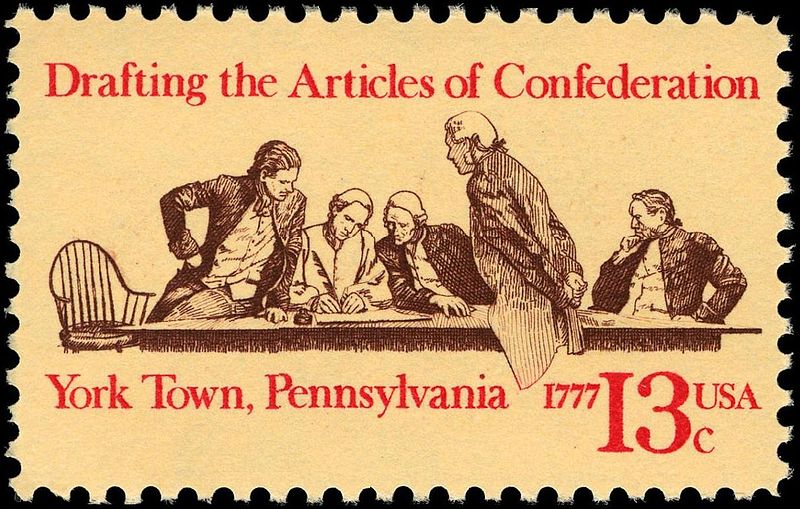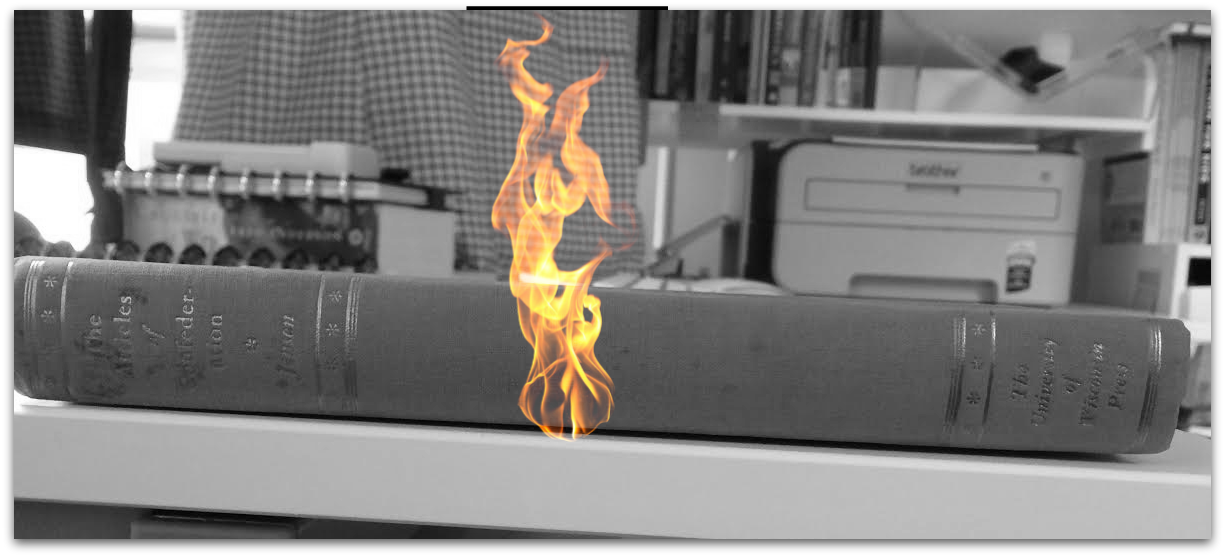 Where do book ideas come from?
As a first and second year graduate student, I was obsessed with this question. I spent an inordinate amount of time wondering how my professors came up with great article, book, and dissertation topics.
Where do book ideas come from?
As a first and second year graduate student, I was obsessed with this question. I spent an inordinate amount of time wondering how my professors came up with great article, book, and dissertation topics.
On numerous occasions I asked them where they got their ideas and they all replied: "you read.”
Needless to say, their answer left me unsatisfied. I felt like I read a lot, but no fantastic ideas seemed to come to me.
Still, I accepted their answer and moved my mental energies on to research papers, exams, and my dissertation.
In this post, you will discover how I finally began stumbling upon ideas and how my second journal article topic has turned into my second book topic.
Spoiler Alert: I came to my newfound ideas by reading.
Cuyler, Gansevoort & Co.
I volunteered at the Albany Institute of History and Art during my last few years of dissertation work. I spent my time in the library where I answered visitor/researcher questions and created finding aids for collections.
One of the collections I created a finding aid for had never been used by another scholar. (Exciting, I know!) The collection had come from an old Albany family who had moved to the island of St. Croix. The papers had been mouldering in an attic and contained family and business papers and correspondence from the Ten Eyck family. I found the correspondence of Cuyler, Gansevoort & Co among these papers.
Cuyler, Gansevoort & Co. opened a mercantile firm in Albany in 1783. It comprised a partnership between Jacob Cuyler and his brother-in-law Leonard Gansevoort. The firm exported New York lumber, ashes, and naval stores and imported West Indian produce. They sold their imports wholesale to country traders.
Cuyler, Gansevoort & Co. experienced many problems. They couldn’t collect debts—foreign or domestic—and they experienced difficulties accessing and prospering in the Atlantic marketplace.
These merchants' letters fascinated me, but I could not fit the story they told into my dissertation. Unable to let the story of Cuyler, Gansevoort & Co. rest, I wrote a conference paper for the American Historical Association annual meeting (2013) and then turned my paper into a journal article.
The article, “Trade, Diplomacy, and the Consequences of American Independence: Cuyler, Gansevoort & Co. and the Business of Trade During the Confederation Era” will appear in the July 2015 issue of The Journal of Early American History.
Confederation Period Vexations
Turning my conference paper into an article did not prove to be an easy feat. The letters I found clearly depicted the trials and tribulations American merchants experienced during the Confederation Era, but I had a hard time locating secondary sources that could help me contextualize my story.
Nearly all of the available literature on early American history covers the colonial period, the American Revolution, and then fast-forwards from the Revolution to the new nation under the Constitution of 1787.
 There is a dearth of information about American life and the economy of the new United States between 1783 and the mid-1790s.
There is a dearth of information about American life and the economy of the new United States between 1783 and the mid-1790s.
There is also a gap in the literature about American government under the Articles of Confederation.
If scholars mention or discuss the Articles of Confederation at all, they do so because they see it as a steppingstone to the Constitution. This interpretation bothers me. The framing of the Constitution was not inevitable.
When the Continental Congress drafted the Articles of Confederation in 1777 and the states ratified them in 1781, Americans did not know that they would write the U.S. Constitution in 1787.
It took a lot of hand wringing and “Why hasn’t anyone written about this?!” screams inside my head before I recognized that I hadn’t just stumbled upon a hole in the historiography, I had found a chasm.
As I polished my article, I realized that my brain isn't going to let me leave this topic alone: It wants to help close this historiographical fissure.
My next book project will be on the Articles of Confederation.
It will be the first book to seriously look at the United States’ first government since Merrill Jensen’s [simpleazon-link asin="0299002047" locale="us"]The Articles of Confederation: An Interpretation of the Social-Constitutional History of the American Revolution, 1774-1781[/simpleazon-link] (1940) and [simpleazon-link asin="0930350146" locale="us"]The New Nation: A History of the United States During the Confederation, 1781-1789[/simpleazon-link] (1950).
Finding Your Next Book Project
It took me five or six years to realize that my professors had been right: You get new project ideas by reading. As you read primary and secondary source documents and become more well-versed in a particular period of historic study you realize what makes an interesting story and where opportunities to contribute to the literature exist.
Honestly, I thought my second book project would be about one of the other four or five other ideas that I have written down over the last few years. All of my ideas have come from primary sources and my inability to contextualize them with the existing secondary source literature.
I am excited about my next book project and I am champing at the bit to continue the work I began with my article. However, before I can start my second book, I really need to finish my first one.
I am using my desire to get back into the archives and investigate a new aspect of the American Revolution as motivation to finish AMERICA’S FIRST GATEWAY.
Until I finish, Merrill Jensen’s books will continue to “burn holes" in my desk.
Share Your Story
Have you found reading the best way to come up with new research project ideas? Has some other activity inspired you?


